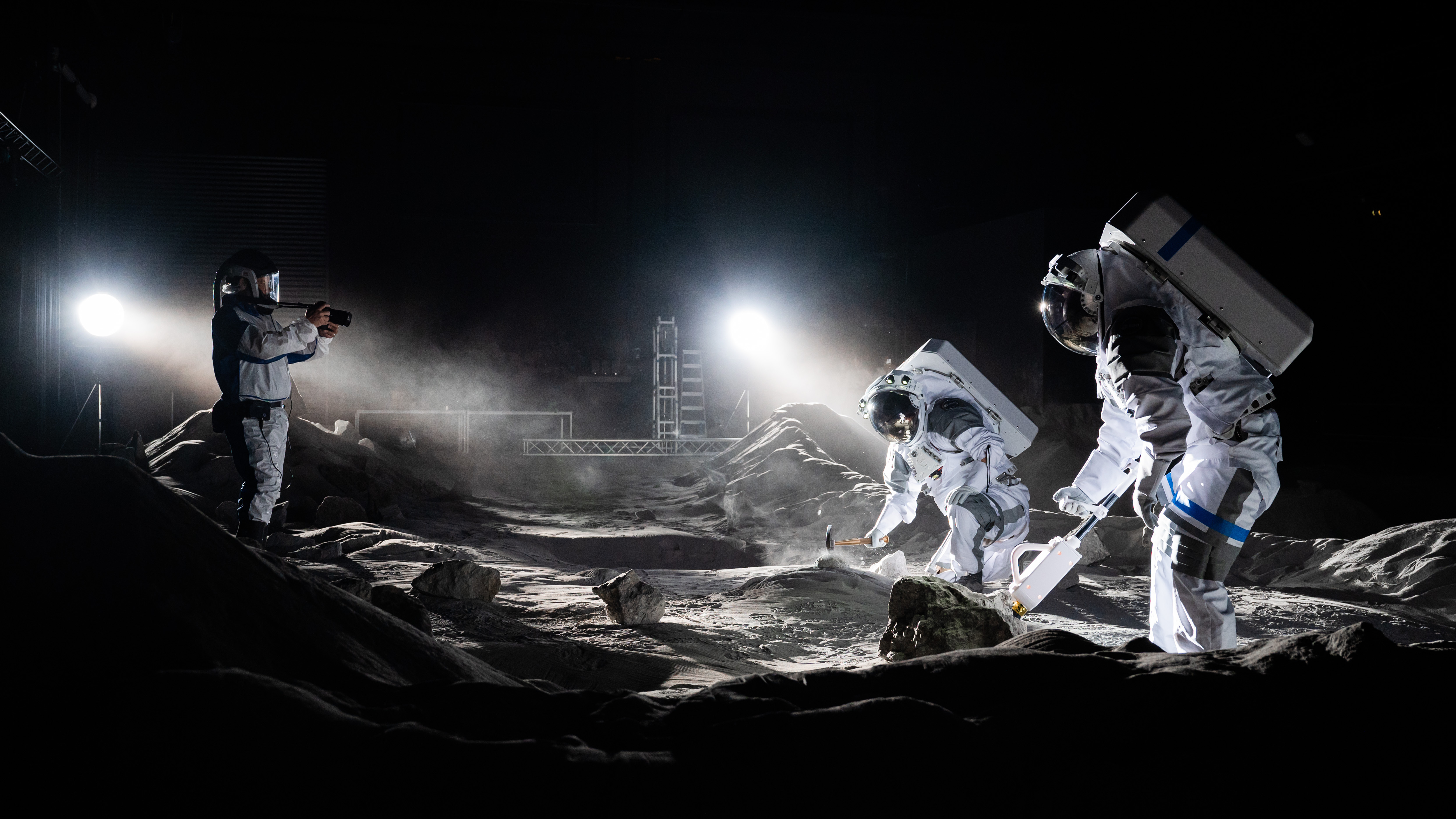Apollo Program and Lunar Landings
The Apollo program, initiated by NASA in the 1960s, aimed to land humans on the Moon and safely return them to Earth. This objective was achieved with the Apollo 11 mission in July 1969, when astronauts Neil Armstrong and Buzz Aldrin became the first humans to walk on the lunar surface, while Michael Collins orbited above in the Command Module. Armstrong's first step was broadcast to a global audience, marking a significant milestone in space exploration. Apollo 11
Subsequent missions continued to explore the Moon:
- –
Apollo 12 (November 1969): Astronauts Charles Conrad and Alan Bean conducted two moonwalks, collecting samples and deploying scientific instruments.
- –
Apollo 14 (January 1971): Alan Shepard and Edgar Mitchell explored the Fra Mauro region, conducting extensive geological surveys.
- –
Apollo 15 (July 1971): David Scott and James Irwin utilized the Lunar Roving Vehicle for the first time, extending their exploration range.
Apollo 15
- –
Apollo 16 (April 1972): John Young and Charles Duke investigated the Descartes Highlands, collecting valuable geological data.
- –
Apollo 17 (December 1972): Eugene Cernan and Harrison Schmitt, the latter being the first professional geologist on the Moon, conducted extensive scientific experiments and sample collection.
Apollo 17
In total, twelve astronauts walked on the Moon between 1969 and 1972, providing invaluable scientific data and samples that have enhanced our understanding of the Moon's composition and geological history. How many people have walked on the Moon?
Post-Apollo Era and Future Missions
After Apollo 17 in 1972, human lunar missions ceased due to budget constraints and shifting priorities within NASA. The focus shifted towards low Earth orbit missions, including the development of the Space Shuttle program and the International Space Station. Why Didn't We Go Back to the Moon?
In recent years, there has been a renewed interest in returning humans to the Moon. NASA's Artemis program aims to land the first woman and the next man on the lunar surface, with Artemis III planned for mid-2027. This mission will utilize new technologies and international partnerships to establish a sustainable human presence on the Moon, serving as a stepping stone for future missions to Mars. Artemis program
International and Commercial Efforts
Beyond NASA, other countries and private companies have shown interest in lunar exploration. China's Chang'e program has achieved multiple robotic landings, and India's Chandrayaan missions have contributed to lunar research. Private companies, such as SpaceX and Blue Origin, are developing technologies to support future lunar missions, indicating a collaborative future for human exploration of the Moon.
Scientific Contributions and Legacy
The Apollo missions provided a wealth of scientific data, including 842 pounds (382 kilograms) of lunar rocks and soil samples. These samples have been instrumental in understanding the Moon's formation, geological processes, and its relationship to Earth. The missions also tested technologies and procedures that have informed subsequent space exploration endeavors.
The legacy of human lunar exploration continues to inspire advancements in space technology and exploration strategies, laying the groundwork for future missions beyond Earth's orbit.
